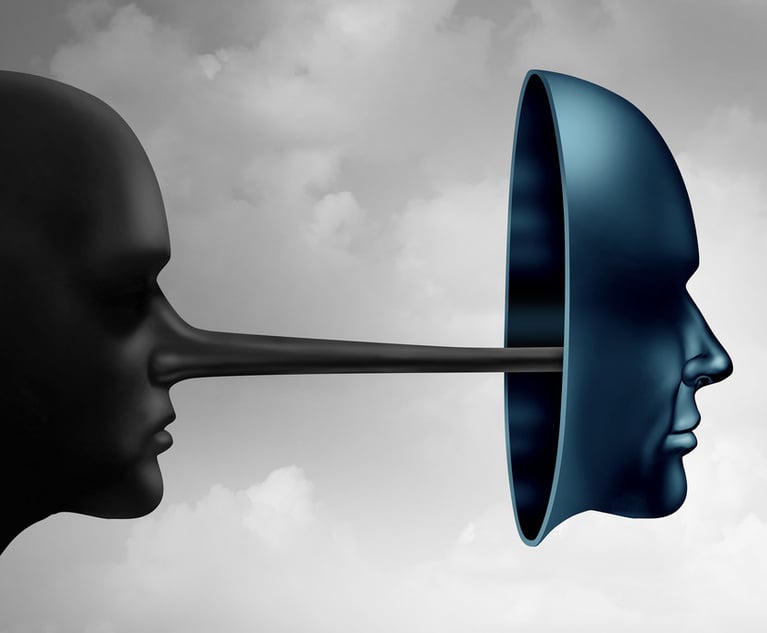The Impact of Open AI's Sora on Reality and Deepfakes
Grunnleggende konsepter
The author argues that Open AI's Sora technology blurs the line between reality and digital fabrication, bringing humanity closer to a new era of AI-generated content.
Sammendrag
In a world where reality and digital fabrication merge, Open AI's Sora technology pushes boundaries by creating believable text-to-video content. This advancement eliminates the uncanny valley, bridging the gap between AI-generated and real-life content like never before. The author highlights how this technological marvel challenges our perception of reality and artificiality without a clear distinction tool like the spinning top in "Inception."
Truth, Lies, and Deepfakes in the Age of Sora | Legaltech News
Statistikk
No key metrics or figures provided.
Sitater
No striking quotes provided.
Viktige innsikter hentet fra
by Cat Casey klokken www.law.com 02-22-2024
https://www.law.com/legaltechnews/2024/02/22/truth-lies-and-deepfakes-in-the-age-of-sora/
Dypere Spørsmål
How might the widespread use of technologies like Sora impact society's trust in media sources?
The widespread use of advanced deepfake technologies like Sora could significantly impact society's trust in media sources. With the ability to create highly realistic and believable fake videos, there is a risk that misinformation and disinformation could spread rapidly. People may become more skeptical of the authenticity of video content they see online, leading to increased confusion and doubt about what is real and what is fabricated. This erosion of trust in media sources can have far-reaching consequences on public perception, political discourse, and social cohesion.
What ethical considerations should be taken into account when utilizing advanced deepfake technologies like Sora?
When utilizing advanced deepfake technologies such as Sora, several ethical considerations must be taken into account. Firstly, there is a need for transparency regarding the creation and dissemination of deepfake content. Users should be made aware when they are viewing AI-generated material to prevent deception or manipulation. Additionally, consent from individuals featured in deepfake videos must be obtained before their likeness is used.
Furthermore, safeguards should be put in place to prevent malicious actors from using these technologies for harmful purposes such as spreading false information or defaming others. It is essential to establish clear guidelines and regulations governing the responsible use of deepfake technology to protect individuals' rights and uphold ethical standards.
How can individuals protect themselves from potential misuse of deepfake technologies in the future?
To protect themselves from potential misuse of deepfake technologies in the future, individuals can take several proactive measures. One key strategy is to enhance digital literacy skills by learning how to identify signs of manipulated or synthetic content. By being able to recognize visual cues or inconsistencies in videos that indicate tampering, people can better discern between authentic footage and deepfakes.
Moreover, maintaining strong privacy settings on social media platforms and refraining from sharing personal information that could be used to create convincing fake videos are crucial steps towards safeguarding against potential exploitation through deepfakes. Being cautious about believing everything seen online without verifying its authenticity through reputable sources can also help mitigate the risks associated with deceptive AI-generated content.
0
